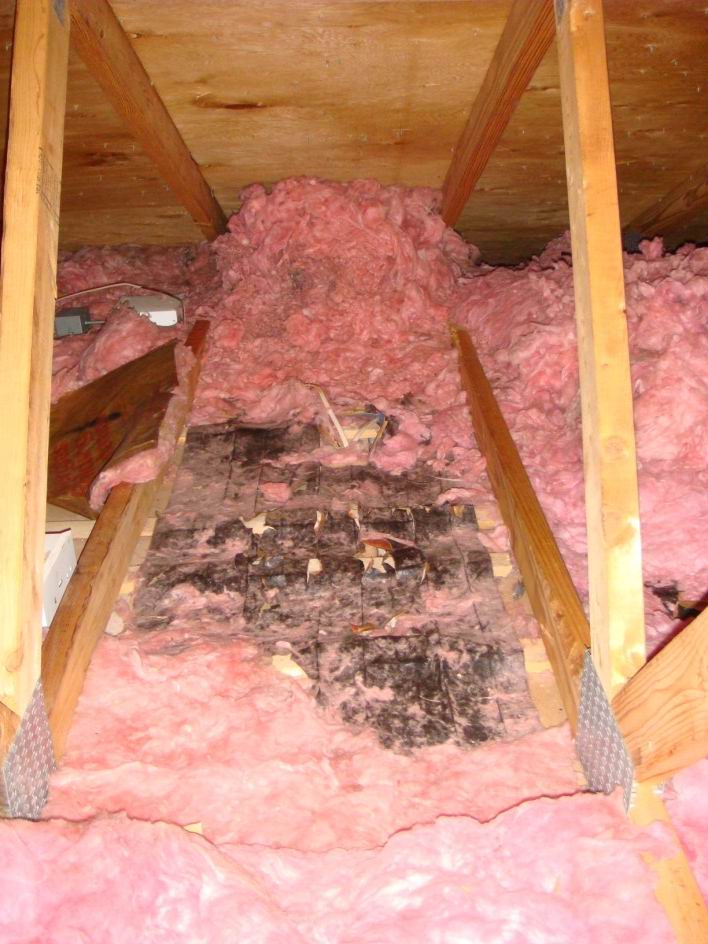When to Call a Professional
by Admin
Posted on 11-04-2024 09:09 AM

Generally, you should call a pest management professional for help whenever you’re facing a severe ground
squirrel
infestation.
 Because ground squirrels are crafty, intelligent creatures, control programs vary significantly – depending on the species and the nature of the infestation. Getting rid of large, well-established populations may require a multi-faceted approach that includes trapping, baiting, fumigation, habitat modification, and exclusion, which only a professional pest management team can deliver effectively. Additionally, certain baits and fumigants are only approved for professional use, so homeowners won’t have access to them. At the end of the day, hiring a pest management professional is the fastest and most effective way to get rid of ground squirrels on your property.
Because ground squirrels are crafty, intelligent creatures, control programs vary significantly – depending on the species and the nature of the infestation. Getting rid of large, well-established populations may require a multi-faceted approach that includes trapping, baiting, fumigation, habitat modification, and exclusion, which only a professional pest management team can deliver effectively. Additionally, certain baits and fumigants are only approved for professional use, so homeowners won’t have access to them. At the end of the day, hiring a pest management professional is the fastest and most effective way to get rid of ground squirrels on your property.
It’s important with squirrels (as with all pest species) that a pest professional assesses whether lethal control is necessary. In the first instance, proofing such as the guidance in the previous section should be put into place. If this is unsuccessful calling a professional should be your next action. To control squirrels, professionals might use: spring traps drey poking other shooting methods. It’s important to know the law surrounding control of any pest species, which is where a pest management professional comes in. For example, it is an offence to use or permit the use of a spring trap, other than an approved spring trap, for the purpose of killing or taking animals, as per the spring traps approval order.
We want you to have the best information available to rid your loft of squirrels. Below, you’ll find four helpful tips on how to get rid of them. Remove all food sources should be the first thing you do to get rid of squirrels. Squirrels love to feed on nuts, vegetables, fungi and fruit, so check your garden and remove any possible food source they are using. Furthermore, make sure all bin areas are covered, so they have no easy access. If they’re not getting fed, they’ll eventually move on. Squirrel proofing is essential to stop the problem from ever returning.
Wait for It to Find Its Way Out
Removing a squirrel from your home can be tricky, but it's not impossble! first, (it's important to) take preventative measures such as sealing off any entrances or exits they may have used to get in. This will help ensure that no more unwanted guests arrive. Next, try to find the squirrel and her nest if possible. Doing this will allow you to move the entire family at once, instead of having to deal with them one by one. Finally, there are several techniques you can use for relocating the stubborn critter(s).
 The most effective is often live trapping, where you place a cage baited with food near their nest and wait for them to enter it.
The most effective is often live trapping, where you place a cage baited with food near their nest and wait for them to enter it.
When it comes to squirrel hunting, having the right techniques can greatly increase your chances of success. Here are some tips to help you become a more efficient squirrel hunter: 1. Use the stalk and wait technique: squirrels are very agile and can easily sense danger. Instead of chasing them, find a comfortable spot and wait for them to come to you. This technique requires patience, but it can be very effective. 2. Camouflage is key: squirrels have keen eyesight and can pick up on movement easily. Wear clothing that matches the natural environment and use face paint or a mask to blend in.
Remove Squirrels From the Attic
Before you begin to rid your attic of squirrels and seal entry points, inspect the attic for signs of baby squirrels. If you remove a squirrel but later see it frantically trying to reenter, you may have separated a mother from her young. In this case, allow the mother back inside to tend to her babies. Squirrels often nest with their young from february through may or august through october.
A really important thing to consider is if it is nesting season. Traps and one way doors are really great at getting momma squirrel out, but they do nothing to remove baby squirrels that are still in the nest. If there is a chance that you have baby squirrels in the attic, you will need to have a plan to get them out beforehand. There might be a chance that you can just walk into the attic and pick them up, but usually this is not an option. Momma squirrel is way smaller than any human i know and can squeeze into places that i can’t.
Squirrel’s have powerful teeth that are constantly growing. They use their strong bite to chew openings into your attic through soffits, fascias and vents. The truth is that many of the materials used to construct our houses, including aluminum, vinyl and wood are no match for a squirrel’s teeth, and with small bodies they only need a two inch gap to squeeze inside. Their job is made easier as our homes age and deteriorate from weather damage. Once they have made their way inside, squirrels are capable of causing costly damage to attic insulation, electrical and duct work and compromise the structural integrity of your home.
Are you tired of the pitter-patter of tiny feet in your attic, only to discover that pesky flying squirrels have taken up residence? don’t fret! in this comprehensive guide, we will walk you through the top tips and tricks to safely and effectively remove these furry intruders from your property. With their graceful gliding abilities and acrobatic antics, flying squirrels may seem harmless. However, their presence can lead to costly damage, such as chewed electrical wires and insulation destruction. That’s where we come in. Whether you’re a homeowner or a wildlife removal professional, our ultimate guide has got you covered.
Once you have successfully removed the squirrels from your attic, cleaning up the area is important. Squirrel droppings and urine can spread diseases and cause odor problems. Wear gloves and a mask when cleaning up the attic and dispose of all waste properly. It’s also important to repair any damage caused by the squirrels, including replacing insulation, repairing wiring, and fixing any structural damage.
At some point, most homeowners will search, “how do i get rid of squirrels in my attic?” however, you also have to pair squirrel removal with keeping them from coming back. Seal off whatever hole the squirrels have used to get inside your attic. Make sure there isn’t any easy pathway back. A squirrel repellant can help with that. Alternatively, reach out to your local wildlife removal services. They can remove squirrels, provide an exclusion method so they can not re-enter, and monitor the area to ensure they’re gone for good.